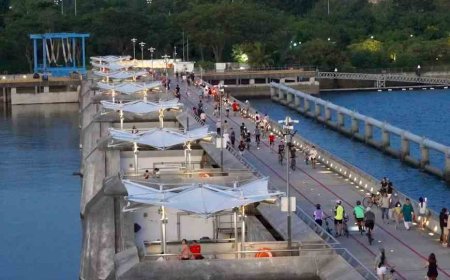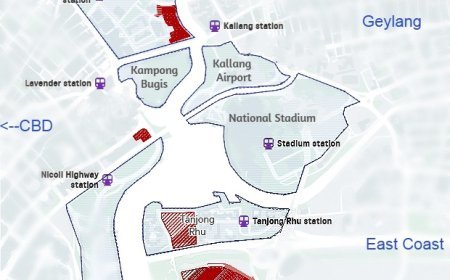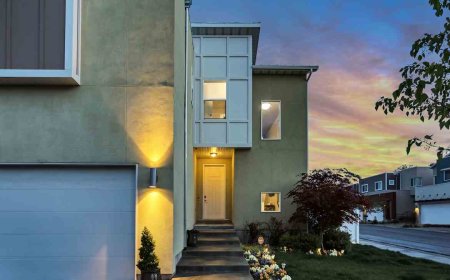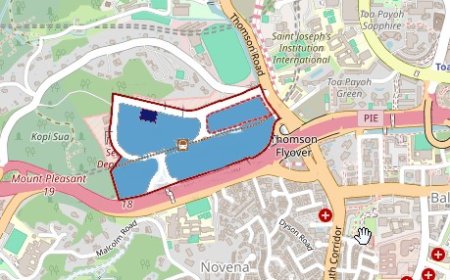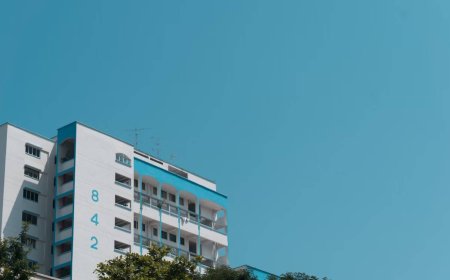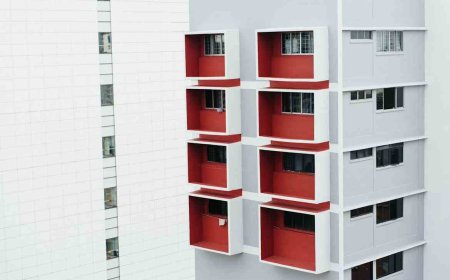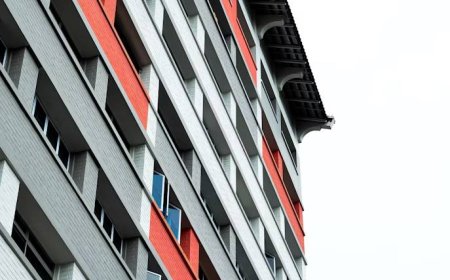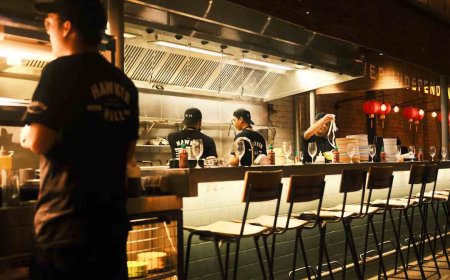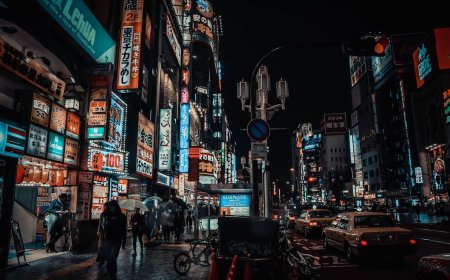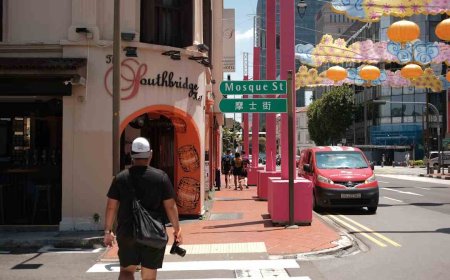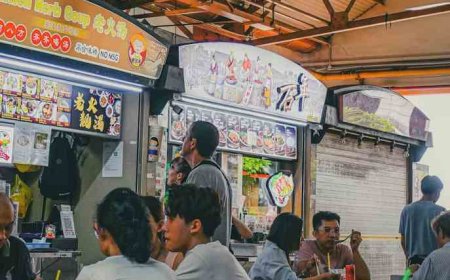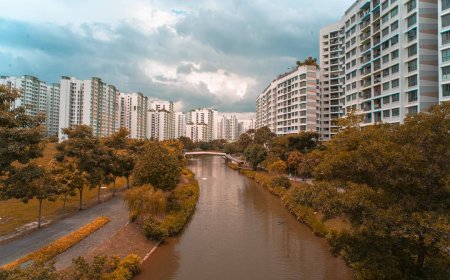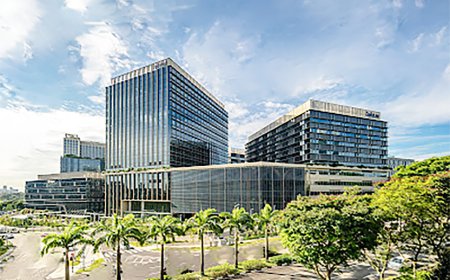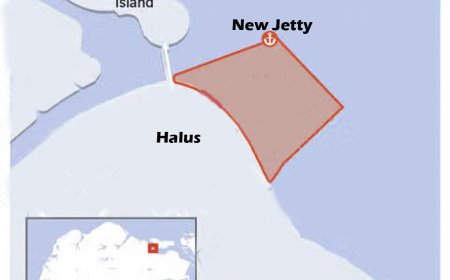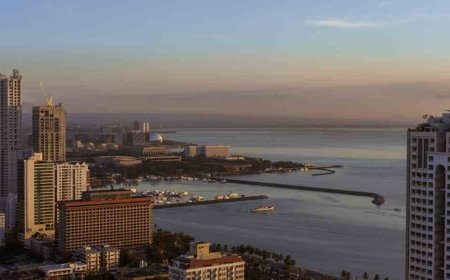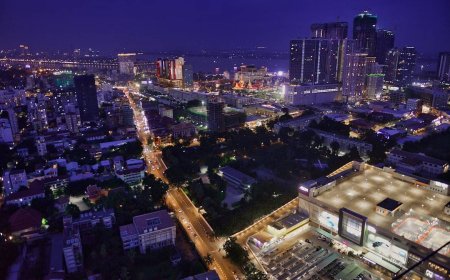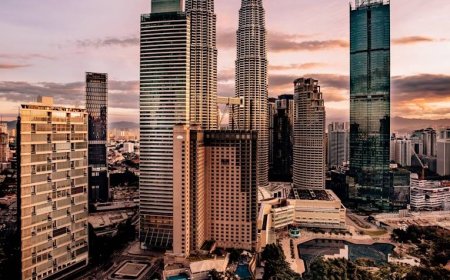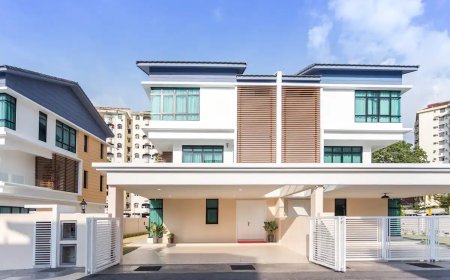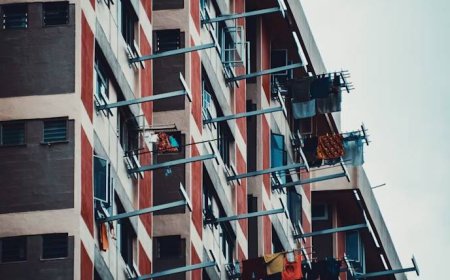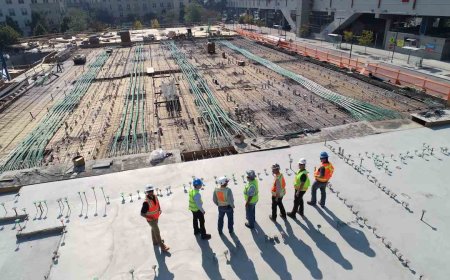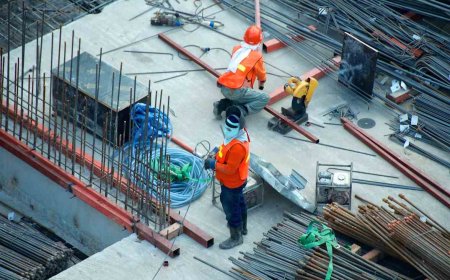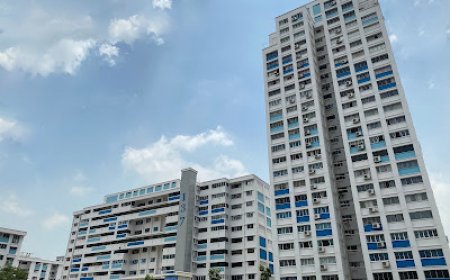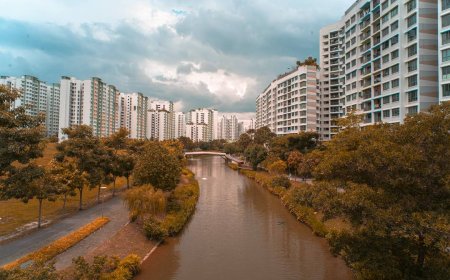Commercial Change-of-Use and Scaling Business Improvement Districts in Singapore
Singapore’s Ministry of National Development is streamlining commercial change-of-use processes and formalizing Business Improvement Districts to reduce red tape, spur precinct vibrancy, and support mixed-use development under the Draft Master Plan 2025.
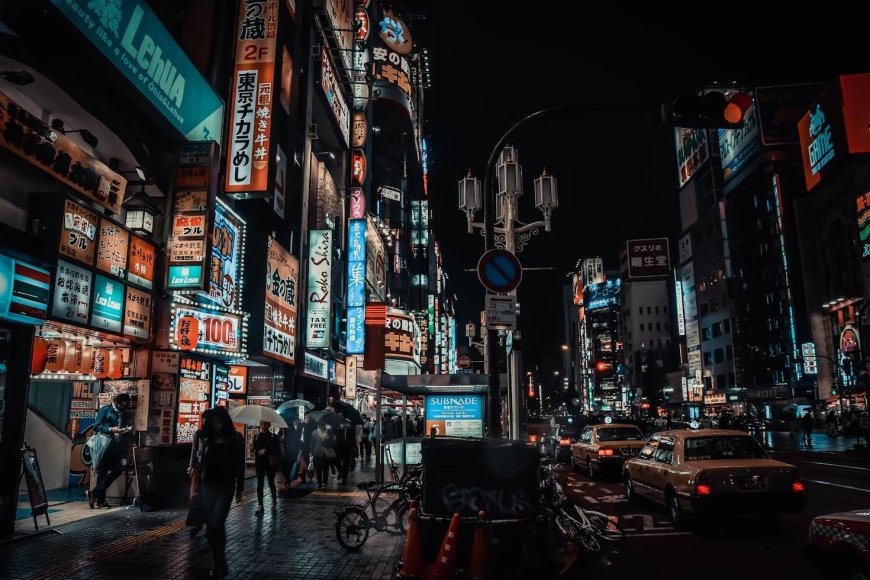
1. Introduction
The Ministry of National Development (MND) is advancing business-friendly reforms to ease regulatory hurdles and enhance precinct vibrancy. Two key initiatives are currently in focus:
-
Simplifying the change-of-use approval process for commercial spaces and solar projects.
-
Formalizing and expanding the Business Improvement District (BID) model to enliven precincts nationwide.
These measures are complemented by broader efforts under the Draft Master Plan 2025 to promote flexible land use and decentralization.
2. Simplified Change-of-Use Process
Current Challenges
-
Businesses must seek URA approval to change the use of premises in JTC business parks or People’s Association–managed community centres—incurring ~2-week processing and S$500 fee per application.
-
URA approval is also required for land-based solar farm projects, with applications costing up to S$3,500
Proposed Reform
-
URA approval will no longer be mandatory in many cases. Instead, business owners need only:
-
Example: Operators of outdoor refreshment areas currently require both HDB and town council approval; under new rules, only HDB approval would suffice—reducing typical waiting times from 42 days to ≤ 30 days.
Predicted Benefits
-
Faster approvals
-
Lower costs
-
Greater flexibility for businesses to adapt space use rapidly
-
Support for new growth opportunities like solar deployment
3. Business Improvement District (BID): Formalization and Expansion
Pilot Impact & Model
-
Since 2017, URA piloted BIDs in precincts such as Singapore River, Marina Bay, Raffles Place, and Tanjong Pagar.
-
Pilot precincts received dollar-for-dollar matching government seed funding up to S$500,000 annually, used to support place management: marketing, events, hospitality.
Stakeholder Engagement & Results
-
Precincts submitted multi-year business plans and collected membership fees with fair stakeholder contributions defined. Public-private collaboration led to targeted programming and vibrancy.
-
Tanjong Pagar (Discover Tanjong Pagar) exemplifies how heritage and mixed-use environments can be activated through coordinated planning.
Formalizing the Model
-
MND plans to legislate the BID model, scaling it across precincts.
-
Expected outcomes:
-
More foot traffic and vibrancy
-
Improved lifestyle options
-
Sustainable precinct enhancements led by stakeholders
-
4. Land-Use Flexibility and Decentralization under Draft Master Plan 2025
| Area | Current Planning Approach | Proposed Enhancement |
|---|---|---|
| Industrial Zones | Mono-use zoning | Shift to mixed-use zoning for flexible use |
| Regional/Sub-Regional Hubs | Centralized CBD dominance | Decentralized hubs (e.g., Bishan center) |
| Jurong Lake District | Partially developed commercial zone | To become the largest mixed-use business district outside CBD |
| Community Amenities | Limited distributed services | Addition of polyclinics, hawker centres, enhanced infrastructure in regional hubs |
These changes aim to increase economic flexibility, reduce congestion in the CBD, and inject more amenities into heartland estates.
5. Tips and Strategic Recommendations for Businesses
-
Engage early with landowners and relevant agencies to understand specific requirements under the new regime.
-
Plan flexibly to adapt space usage quickly—pivot between retail, F&B, solar, pop-up events, or wellness concepts.
-
Consider participation in BID efforts in your precinct—unlock funding, collaborate on events, and elevate local visibility.
-
Advocate for precinct improvement, partnering with neighbours to shape BID programming aligned with your brand.
-
Monitor Draft Master Plan rollouts, as shifting land-use zones may unlock new mixed-use spaces and emerging hubs.
6. Key Benefits Overview
-
Operational Efficiency: Quicker, cost-effective change-of-use approvals.
-
Business Resilience: Adaptable spaces fuel innovation (e.g., F&B, wellness pop-ups).
-
Precinct Vitality: BIDs empower stakeholders to shape the local environment.
-
Long-term Growth: Draft Master Plan supports sustainable, decentralized development.
7. Key Takeaways
-
Streamlined approvals reduce friction and cost for businesses.
-
BID model formalization fosters stakeholder-led precinct management.
-
Shifting to mixed-use zones and decentralized centers rebalances congestion and drives competitiveness.
-
These reforms align Singapore’s urban landscape with modern commercial resilience and placemaking.
8. FAQ
-
What changes are being made to the change-of-use process?
Streamlining: URA approval removed; only landowner consent and relevant requirements needed. -
How much time will this process take?
Potentially within 30 days or less, compared to 2 weeks or 42 days currently. -
What cost savings can businesses expect?
Up to S$500 saved per application—or S$3,500 in solar case scenarios. -
Which spaces are affected?
JTC business parks, PA-managed community centres, and selected solar project sites. -
What is a Business Improvement District (BID)?
A stakeholder-led precinct management structure focusing on vibrancy and place activation. -
Where have BID pilots been held?
Singapore River, Marina Bay, Raffles Place, Tanjong Pagar, among others. -
What funding support exists for BIDs?
Government matches membership fees dollar-for-dollar, up to S$500k annually. -
Why formalize BIDs through legislation?
To scale the model, ensure sustainable funding, and empower stakeholders. -
How can businesses participate?
Join or initiate a BID in your precinct by forming a business plan and gathering stakeholder support. -
What is the Draft Master Plan 2025?
URA’s 10–15-year roadmap to reshape land use, including mixed-use areas and new regional hubs. -
Where are new regional hubs emerging?
Notable hubs include Bishan sub-regional centre and Jurong Lake District. -
What benefits do mixed-use zones bring?
Greater flexibility, integrated amenities, reduced central congestion, improved economic vibrancy. -
When will these reforms take effect?
Some changes are underway; Draft Master Plan exhibition launched June 2025, with progressive rollout. -
How should businesses adapt?
Stay informed, participate in precinct initiatives, and consider mixed-use opportunities. -
Who oversees these reforms?
MND and URA are leading the regulatory and planning changes. -
Will solar project approvals also be simplified?
Yes—landowner consent suffices; URA permission may no longer be required in many cases. -
How do these changes support nightlife revitalization?
BID programs encourage events and hospitality even in evening hours, driving lifestyle engagement.
Algene Toh
Disclaimer: The information presented on BSR2.com is intended for general informational purposes only. It does not constitute legal, financial, investment, or real estate advice and should not be relied upon as such. While every effort has been made to ensure the accuracy, reliability, and completeness of the content at the time of publication, all data is derived from publicly available sources and may be subject to change without notice. BSR2.com makes no representations or warranties of any kind, express or implied, regarding the suitability, timeliness, or accuracy of the information provided for any specific purpose. Users are strongly encouraged to seek independent advice from qualified professionals before making any decisions based on the content found on this website. BSR2.com shall not be held liable for any loss, damage, or consequence, whether direct or indirect, arising from the use of or reliance on the information provided. The content is intended as a general guide and does not take into account individual circumstances.
What's Your Reaction?
 Like
0
Like
0
 Dislike
0
Dislike
0
 Love
0
Love
0
 Funny
0
Funny
0
 Angry
0
Angry
0
 Sad
0
Sad
0
 Wow
0
Wow
0
